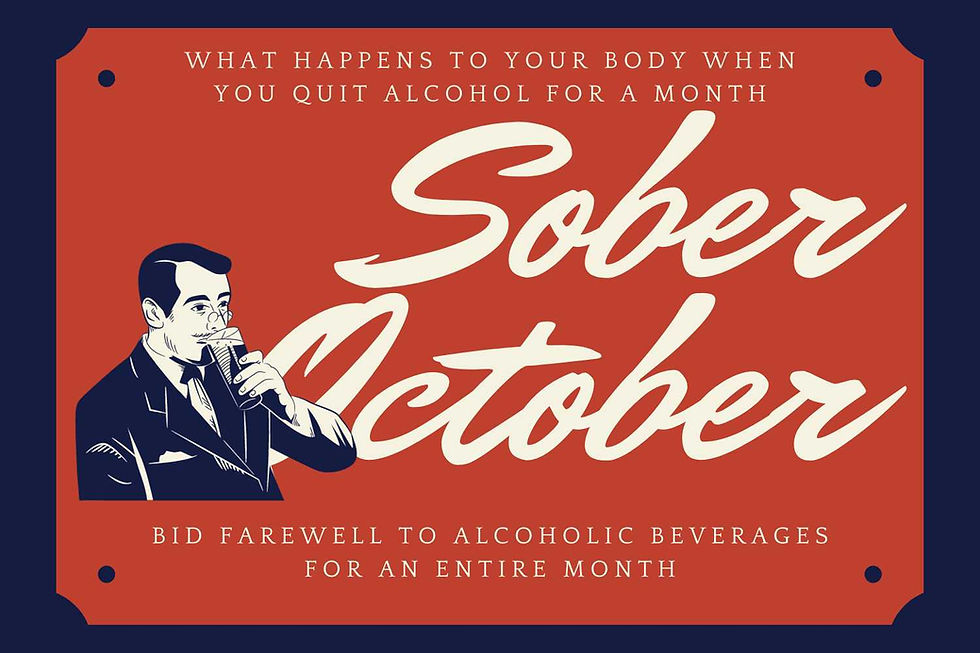Sports beer: invention or fable?
- janinedriessen

- Feb 24, 2022
- 3 min read

With an increase of 500% in ten years, non-alcoholic beer is on the rise. The arrival of non-alcoholic specialty beers in particular increased enormously. We are all familiar with the IPAs, the stouts and a number of other special craft beers. Nowadays we also see another type of beer that is popping up more and more, namely sports beer. Is this beer significantly different from other non-alcoholic beers? We went to investigate.
Isotonic beer
What you often see on non-alcoholic (sports) beers is: isotonic effect. Of course, this sounds like magic to our ears and makes us all want it. However, this is purely marketing, because all non-alcoholic beers are isotonic. Isotonic refers to a solution (non-alcoholic beer) whose number of dissolved particles per liter is equal to that of another solution (our blood). This means that the water, carbohydrates, minerals and vitamins from beer can be quickly absorbed into our blood, which promotes our recovery. The good news is that all non-alcoholic beer is isotonic!
Nutrients
Compared to alcoholic beer, non-alcoholic beer contains double the amount of carbohydrates. After sports it is important that the reserves are replenished, making this very desirable. Besides water, non-alcoholic beer also contains protein: about 1 gram per 250 ml. This is slightly less than alcoholic beer, but still good for recovery. In terms of calories, an alcohol-free beer is about half that of an alcoholic beer.
Vitamins
Because beer is made from barley, it also contains various B vitamins. If yeast is also added after the brewing process, the beer also contains vitamin B12, which is more difficult for vegans or vegetarians to find because it is often found in animal products.
Minerals
The following minerals can be found in non-alcoholic beer: sodium, potassium, calcium, phosphorus, silicon and magnesium. A lot of potassium, in particular, is lost through sweat. However, these are relatively small numbers if you look at the recommended daily amount. Every little bit counts, right?!
Fibres
Finally, non-alcoholic beer naturally contains fiber from the barley. However, with 0.25 grams per 250, you should drink quite a bit to meet your recommended general daily requirement of 30 grams.
Drinking alcoholic beer after exercise
This is actually not recommended. Why? Because the body is recovering from the effort and at the same time also has to process the alcohol. The body then works twice as hard. It is better to recover with alcohol-free before starting a beer with alcohol.
Our topper: the Thrive
As you have read, non-alcoholic beer is a very good recovery drink for after exercise. It contains necessary nutrients, vitamins, minerals and fiber naturally and can be quickly absorbed by the body. Now the labels of the beer often do not state exactly how much of each ingredient is in it. The sports beer Thrive is very outspoken in this. They describe their non-alcoholic beer as the ultimate sports beer and we understand why. Their 330 ML can contains a whopping 10 grams of protein. That is almost ten times as much as in normal non-alcoholic beer. As we know, the non-alcoholic beer naturally also contains other necessary nutrients and substances for recovery, so Thrive is a very good choice in our opinion.
Conclusion
All non-alcoholic beer is a good beer for after sports, not just special sports beers. If you opt for a sports beer because you want to recover even faster, find out whether ingredients have really been added that make the beer better than a 'normal' non-alcoholic beer so that you are not misled by marketing. Also, choose a beer that is not too high in carbonation, so that it is pleasant to drink. If you want to feed your body with a lot of protein after exercise, go for the Thrive!





Comments